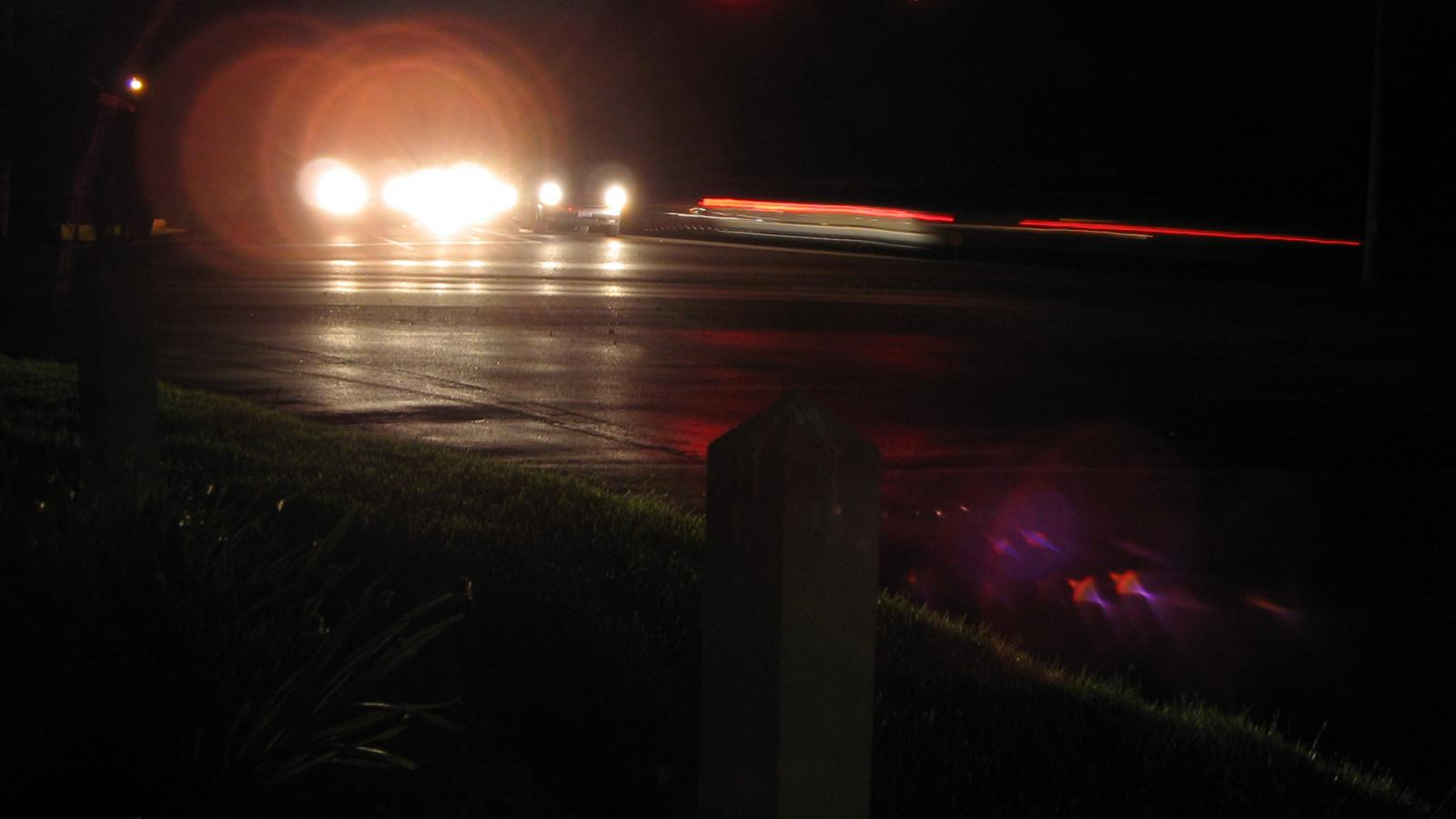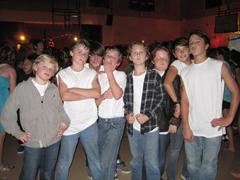Stories of innocent people fleeing from dangerous men in cars who shoot at them. Unlike in the movies, the pursuers aren't foreign agents or rogue CIA agents, but drunk off-duty policemen and small-town teenagers. Real-ife high-speed chases: who gets chased...and who does the chasing.
-
Download Control-click (or right-click) Tap and hold to download
- Subscribe on Spotify Subscribe in Apple Podcasts Subscribe
- Transcript

Prologue
Host Ira Glass talks to Cory Simmons and Dominique Mapp, who were driving home one night and were followed by a group of rowdy men in an SUV. The men tailed them for miles and then started firing a gun at them. When Cory and Dominique finally made it to a police station, it turned out that the men in the car were all drunk, white, off-duty policemen. Cory and Dominique are black. When the case came to trial, the cops weren't convicted of anything—not assault, not attempted murder, not even disorderly conduct. (9 minutes)
Act One
Cowboys And Indians, Part 1
Reporter Susan Burton tells the story of a high-speed chase in South Dakota. An incident at a high school basketball game escalated to the point where a group of Native American girls from one town found themselves being chased down the highway by a group of white boys from another town. The boys were brandishing a shotgun and firing it into the air. What happened in the months that followed after police got involved and charges were filed didn't seem fair to either side. Susan begins the story by talking about the incident with the girls. For Native Americans, the event fit into what they see as a decades-long—or maybe centuries-long—pattern of injustice. And the event traumatized the girls so much that in the months after, one of them underwent an almost complete personality transformation, and another became suicidal. (22 minutes)
Act Two
Cowboys And Indians, Part 2
Susan Burton's story continues. She investigates the effect the high-speed chase had in the town where it happened—Miller, South Dakota, one of the top ten most racially homogeneous places in the country. For most people in the town, the event was embarrassing and horrifying, but they were quick to excuse the boys, and they didn't understand why Native Americans might see it as anything other than an isolated incident. (22 minutes)



